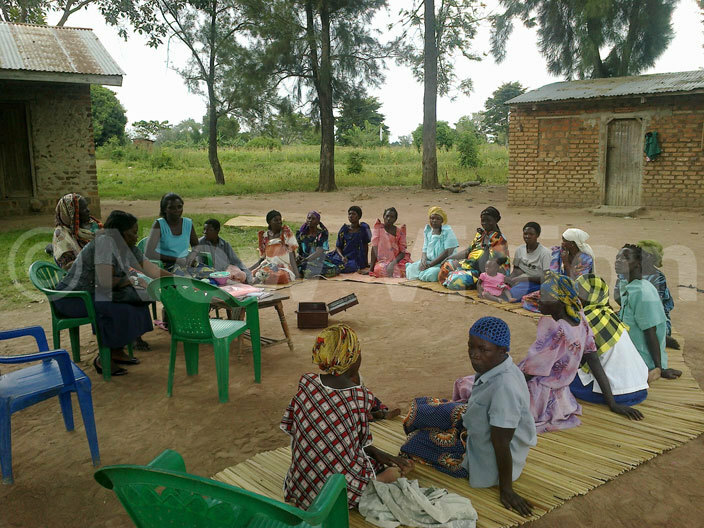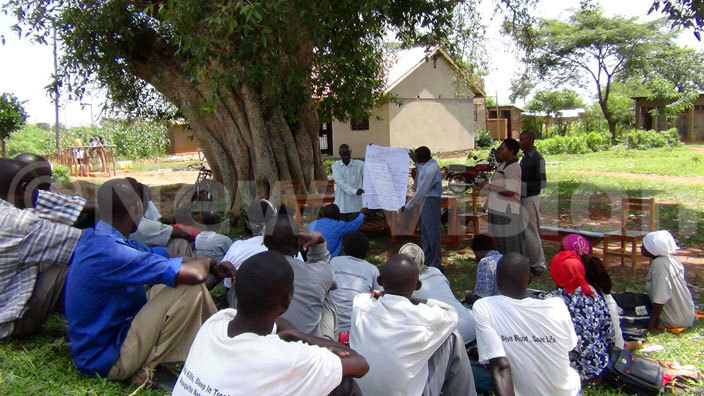Community engagement key to maternal and neonatal health - study
Apr 01, 2016
Findings show a significant increase in the number of deliveries at health facilities, number of women seeking antenatal care and reduction in neo-natal deaths.

Findings from a four-year study (2012-2015) conducted by Makerere School of Public Health in Eastern Uganda have revealed a significant correlation between maternal health and community participation.
While releasing the results in Kampala on Wednesday, Dr Elizabeth Ekirapa-Kiracho, the team leader explained that the study codenamed MANIFEST was implemented through two components which included community empowerment and health service provider and management capacity building.
Communities were empowered to prepare for birth by enhancing their maternal and newborn care through home visits by VHTs and community dialogues, improving financial preparedness by encouraging saving groups and improving access to transport services.
Conducted in the districts of Kibuku, Pallisa and Kamuli, the findings show a significant increase in the number of deliveries at health facilities, number of women seeking antenatal care and reduction in neo-natal deaths.
 A saving group meeting in Kadama sub county in Kibuku District
A saving group meeting in Kadama sub county in Kibuku District
"Pregnant women receiving seeking antenatal care at least four times increased by 20% from baseline to endline (43% to 63%) in the intervention areas and by 24% in the non-intervention ones (44% to 60%)." States the report.
The report also revealed that deliveries under skilled health personnel increased by 9% (66% to 75%) in the intervention areas during the study.
The mothers who received care from community health workers or village health teams within six days after birth also increased in intervention areas from 52% to 77%.
"There was a significant increase in knowledge on danger signs among women between baseline and at the end of the study during pregnancy (28% to 65%), labour (13% to 33%), after delivery (22% to 48%) and among newborns (41% to 91%)." reads the report.
Male involvement which has been highlighted as a critical component in maternal and child health was also registered to have increased because of the frequent community dialogues over the study period.
 VHTs in a quarterly meeting at Kasasira Health Centre in Kibuku District
VHTs in a quarterly meeting at Kasasira Health Centre in Kibuku District
The acting District Health Officer of Kibuku, Dr Ahmed Bumba speaking at the dissemination dialogue explained that the survey has been an eye opener for the district.
"We have realised how much opportunity and resources we had at our disposal to improve maternal and child health and yet kept complaining of resource constraints," he said.
He added that the major challenge most districts have is how to utilise the available resources. However, the district officials have been empowered to absorb their financial allocations through interventions recommended in the study.
Bumba said that the district intends to continue with some of these interventions like appreciating and rewarding health workers, dialogue with communities because these have proved successful.
